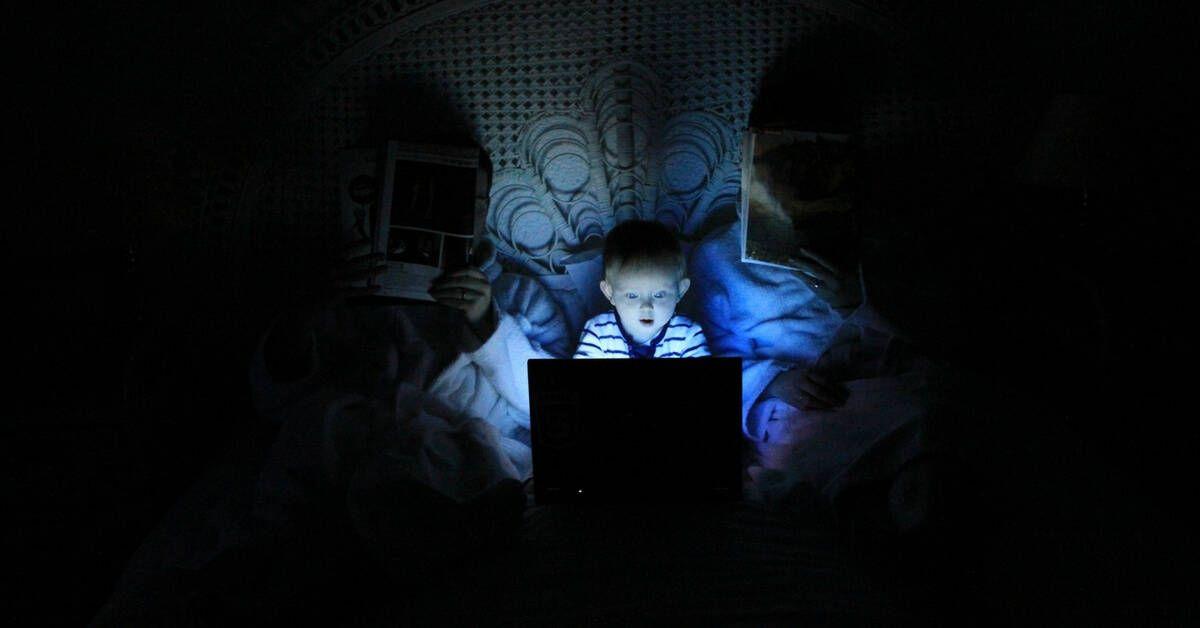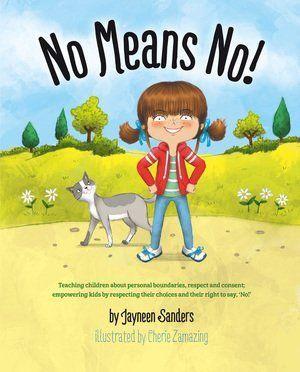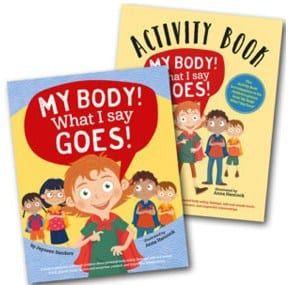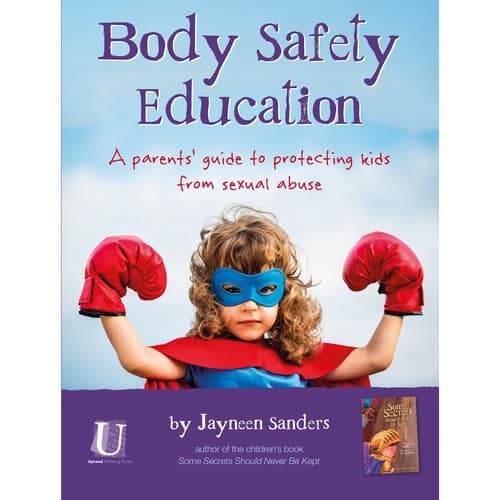In the past week I’ve been contacted by several parents. They’ve asked a number of questions, all along the same lines*:
I discovered yesterday that my 5 year-old daughter has been sexually touched (quite horribly) by an older boy at her school. We have talked about being safe so many times. I thought we had it covered. And yet this has occurred. Turns out the older boys have been exposed to porn and said they wanted to do what they saw in the video. I’m devastated.
And this one:
I need to know how to handle this. You have visited our school and talked with students and parents about technology, sexting, and pornography. My 13 year-old daughter has had all the talks. She knows that NO MATTER WHAT, she should NOT get involved. Well guess what? It’s happened. She did it. A boy has been pressuring her for weeks, in person and on Instagram and Snapchat, and she finally succumbed. We know the boy and his family and I contacted them. My daughter is not the first girl he has done this to. What do I do?
The past week is not particularly different to other weeks when these kinds of emails land on my Facebook page or in my inbox. Other emails included one from a mother whose 8 year-old son was shown pornographic content in the school playground, and another from a parent whose 9 year-old child was approached via Instagram for explicit images.
While very different, each situation contains a number of important similarities:
First, these children are young. It is common for primary school-aged children to be involved in these circumstances.
Second, in almost all cases, it is a girl who is being harassed or harmed in a sexual way by a boy.
Third, social media is implicated consistently.
Fourth, young people are being harmed by what they are seeing or what they are doing, with pornography acting as a potential influence in too many cases.
There are three things I want to highlight for every parent to teach their children about: social media, body safety, and pornography.
Social Media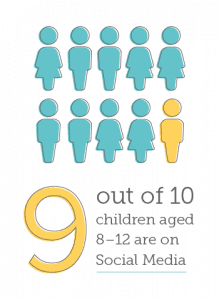
(It’s worth noting that the central – perhaps the only – reason that children have to be 13 is because of US laws that prohibit the collection of personal information on children under that age. It has nothing to do with the emotional and psychological readiness of the children to maturely navigate the online/social world.)
Parents must understand that Instagram, Snapchat, Facebook and Twitter are hotbeds of danger.
While it is true that many children use these sites every day without harm, there are significant risks associated with these platforms. Adult grooming is one, but so too is the exposure to explicit content, and the harassment from peers that occurs all-too-often.
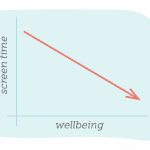 Additionally, recent research from the UK indicates that using these platforms is associated with reduced wellbeing and increased risk of depression, stress, and anxiety. And Australian studies with adolescents show that as time on screens (gaming and social media) increase, so too does psychological ill-health.
Additionally, recent research from the UK indicates that using these platforms is associated with reduced wellbeing and increased risk of depression, stress, and anxiety. And Australian studies with adolescents show that as time on screens (gaming and social media) increase, so too does psychological ill-health.
If your children want to be on screens, ensure they are old enough for the accounts that they want – and note that being 13 doesn’t mean they’re old enough. They should be able to maturely utilise the platforms and not become a servant to them (and we all know some adults who still can’t do that). Talk with them about the risks. Invite them to share how they’ll respond to dangerous situations. Keep screens in public spaces. And know what they’re doing, who they’re “friending” and connecting with, and what they’re viewing.
Many parents tell me that they’ve installed software to keep their kids safe online and to monitor what they’re doing. This may offer some modest protection while your child is using devices protected by the software. However, this seems to be the equivalent of fencing our swimming pool. It provides a level of safety that is important.
But we can’t fence the ocean.
Once our children are out of our home or using another person’s device, our protections are unhelpful. We need more than software to protect our kids. We need to talk with them and teach them how to use social media safely, how to respond to inappropriate requests, and what to say to someone who is pressuring them to do something they know is wrong.
Body Safety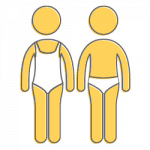
Our children, no matter how well protected we keep them, will come into contact with others who have not necessarily received the same level of protection we have provided. Some of those children may have been exposed to pornographic content online, or have experienced inappropriate sexual touching. It is vital that our children know how to be body safe, and know how to resist the pressure that others may place upon them.
Teach young children (from the age of 2) that no one should ever look at or touch – or ask to look at or touch – any part of their body that is covered by their swimwear or underpants. A parent might wash these private parts for a child in the bath, or a doctor might need to view these parts with permission, but that is the only time these body parts should be looked at or touched. Our children need to know the difference between “good” touching and “bad” touching. And it is up to us to have the conversations with them about it. (Some useful resources are here.)
Teach older children that it is not ok to use digital media for looking at, or showing, those private parts. And then invite them to discuss why that might be the case. Help them to understand that sharing images might lead to long-term consequences, and that others might also see what has been shared.
Body safety means we teach our children how to keep their body safe. It is up to parents to ensure these conversations happen consistently.
Pornography
Liz Walker, founder of “Porn Harms Kids” explains that exposure of children to pornography has reached critical levels. A major study from Sydney Uni indicated that 45% of adult males were first exposed to pornographic content between ages 11 and 13. In a 2010 survey of English 14-16 year-olds, nearly one-third claimed that their first exposure to pornography was at 10 years or younger. A 2015 survey in the UK showed that 1 in 5 twelve to thirteen year-olds believed that watching porn is “normal behaviour”.
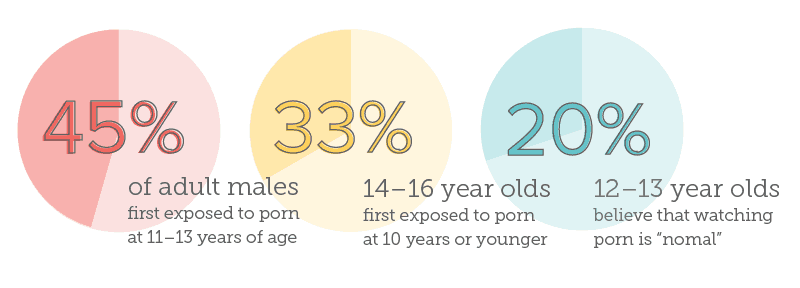
Unwanted exposure to pornography among minors is increasing, with the number of 10-12 year-olds accidentally seeing porn rising from 9% to 19% between 2000 and 2005, and from 28% to 35% for 13-15 year-olds. In another study of 16-17 year-olds, a large number of both males (84%) and females (60%) had experienced unwanted exposure to pornography while online.
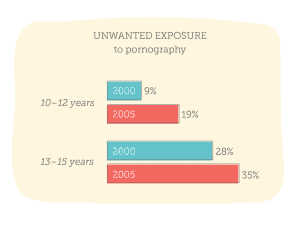 Now… take a look at the dates. The data are old. We’re back at 2005 before iPhones and 3G wireless Internet. Or we’re back at 2010 Why? We can’t ethically ask young children about their pornography exposure. We have to wait until they’re older and ask them to retrospectively recall when they saw what they saw.
Now… take a look at the dates. The data are old. We’re back at 2005 before iPhones and 3G wireless Internet. Or we’re back at 2010 Why? We can’t ethically ask young children about their pornography exposure. We have to wait until they’re older and ask them to retrospectively recall when they saw what they saw.
Our best guess is that kids are, on average, seeing pornography at around age 9 or 10 today because of wireless, portable tech. And there is consensus that about 99% of boys and around 70% of girls have been exposed to pornography by the age of 15. Parents are consistently describing incidents like those above where pornography has impacted their children’s lives – always with negative consequences.
Research is highlighting that children’s exposure to pornography increases the risk that they may act on what they’ve seen. Too often, this occurs with another vulnerable young person. NSW Police report that child-on-child sexual assault is at an all-time high, with the proliferation of pornography via screens being the most often-blamed reason.
What do we do?
As the first generation of parents to deal with these challenges, we are facing some tricky times. No matter how well we parent our children, they will be affected and influenced by others who may not have had the same level of parental involvement. Sometimes they will be harmed by those children.
Parents can best protect their children by:
Cocooning
Don’t let young children near social media. Minimise screen time. Ensure they are taught about body safety.
 Pre-arming
Pre-arming
At some point, cocooning children will not be enough. This is when we must pre-arm them. The most effective pre-arming occurs when our children trust us and our relationships with them are close and loving.
We want to be having daily involvement and connection with them about the little things so that when the big things arise we have the relationship foundation in place to guide them.
The best pre-arming conversations are not lectures. We ask questions and listen to how our children feel about the issues we are discussing, and invite their ideas for how they would respond in tricky situations.
Setting Limits
Our children need us to be parents. They need us to lead. This might mean things can be uncomfortable from time to time. But they need to know what our limits are and why. We should only allow social media with appropriate protections and at the right age.
Parenting may never have been more challenging. It may also never have been more important.
* Details changed to preserve anonymity
For help talking to your children about body safety, respect and consent, check out these great resources…
Article supplied with thanks to Happy Families.
About the Author: A sought after public speaker and author, and former radio broadcaster, Justin has a psychology degree from the University of Queensland and a PhD in psychology from the University of Wollongong.

